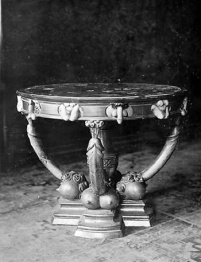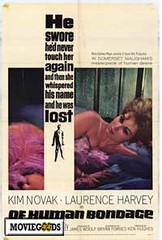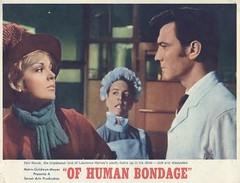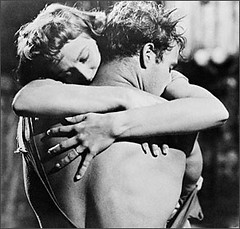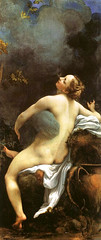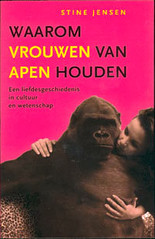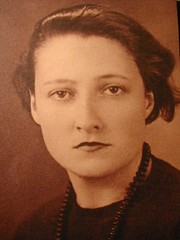Via the newly discovered blog aileron comes the film The Lost Secret of Catherine the Great by Peter Woditsch and Sophie Schoukens.
I had first heard about the erotic furniture of Catherine the Great a couple of years ago and even traced the existence of the documentary by Woditsch, but had never actually seen the pieces of furniture that presumedly belonged to Catherine before the collection was destroyed during WWII. Catherine was a strong and independent woman (it helped that she was an empress) who throughout her long reign, took many lovers, often elevating them to high positions for as long as they held her interest, and then pensioning them off with large estates and gifts of serfs. She also cultivated Voltaire, Diderot and D’Alembert — all French philosophes encyclopedists who later cemented her reputation in their writings.
Note: In the erotic furniture category belong art works such as Chair, Table and Hat Stand by Allen Jones and Les Krims‘s Heavy Feminist with Wedding Cake [1] (1970).
Previous entries in Icons of Erotic Art here, and in a Wiki format here.

